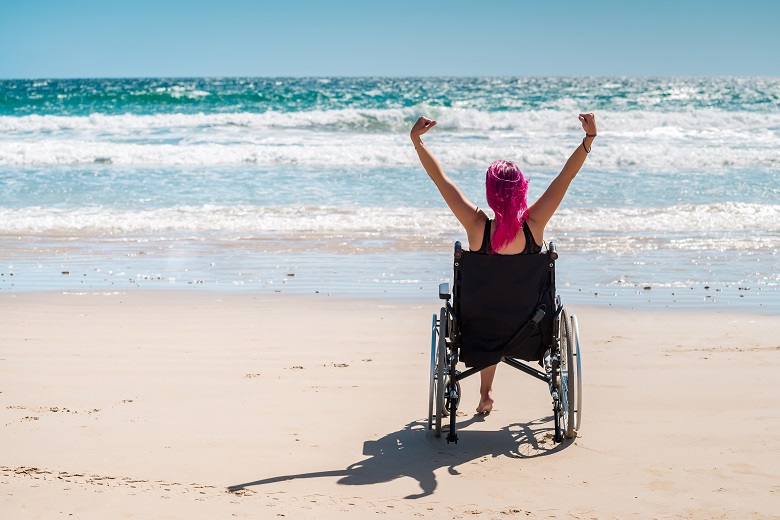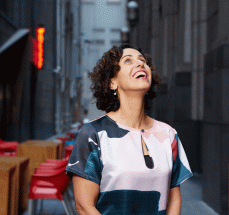
Australia’s most sought-after tourism destinations are exploring innovative ways to ensure they are accessible to everyone after a report warned that some Australian cities are leaving visitors with special needs behind.
With almost four million Australians living with a disability, ensuring that the world’s leading tourism destinations are accessible for the most disadvantaged is essential.

As cities across Australia look to promote accessibility and inclusion, the Inclusive Tourism Workshop in Melbourne will this month bring together tourism experts and showcase the places leading the way in the concept of inclusive tourism.
The concept is increasingly on the radar both nationally and internationally, with city planners exploring ways to ensure their localities are accessible for seniors, those with disability, illness, temporary injuries or even families with small children.
Despite this, an Austrade report into accessible tourism in Victoria and Queensland last year warned that some cities are missing key visitation opportunities because they are not accessible for all.
The report, which will be explored at the upcoming conference in a keynote from Nicole Healy, senior research officer at the Department of Jobs, Precincts and Regions in Victoria, looked at the current size and potential of the market for accessible tourism as Australia’s population rapidly ages.
Melbourne’s bid: the most ‘visitable’ city
In the wake of the report, Melbourne, named the world’s most livable city in 2011, is now on a mission to become the world’s most ‘visitable’ city by ensuring that it is accessible for all, no matter what their access needs.
In its bid to boost access for all visitors, the city’s tourism body, Destination Melbourne, has recently launched a Visitability Program aimed at ensuring the critical services at every point of the visitor journey in Melbourne are optimised.
Destination Melbourne’s chief executive Laura Cavallo will be speaking at the upcoming workshop on the program, and how it’s helped the city boost tourism.
As part of the program, the city has developed five pillars of visitability , five factors identified as having a significant impact on the visitor experience and journey.
The five pillars – sense of welcome, technology, communication, transport and inclusivity – underpin the city’s work in helping to transform visitor’s experiences.
Melbourne has also been ramping up inclusive tourism at the state level, launching the Victorian Accessible Tourism Kit. The kit is aimed at raising awareness and support for the Victorian tourism industry to become more accessible and inclusive.
Incorporating best practices from international resources, the kit includes tips to market an accessible business, develop an access statement and integrate accessibility into business plans.
The framework will also be explored at the upcoming workshop in a keynote from Paul Albone, manager of industry support for tourism, events and the visitor economy at the Department of Jobs, Precincts and Regions in Victoria.
The day will equip city-makers with the tools to implement the principles of access and inclusion in urban planning to ensure that popular tourism destinations can be accessed by all Australians.
Comment below to have your say on this story.
If you have a news story or tip-off, get in touch at editorial@governmentnews.com.au.
Sign up to the Government News newsletter
Most read
Scathing report finds little has changed at PwC
Inquiry to consider how federal govt can address councils’ sustainability issues
Qld council welcomes progress on massive battery system
‘Local’ procurement turns out not to be so local, committee hears
Another report finds local government falling down on cyber security